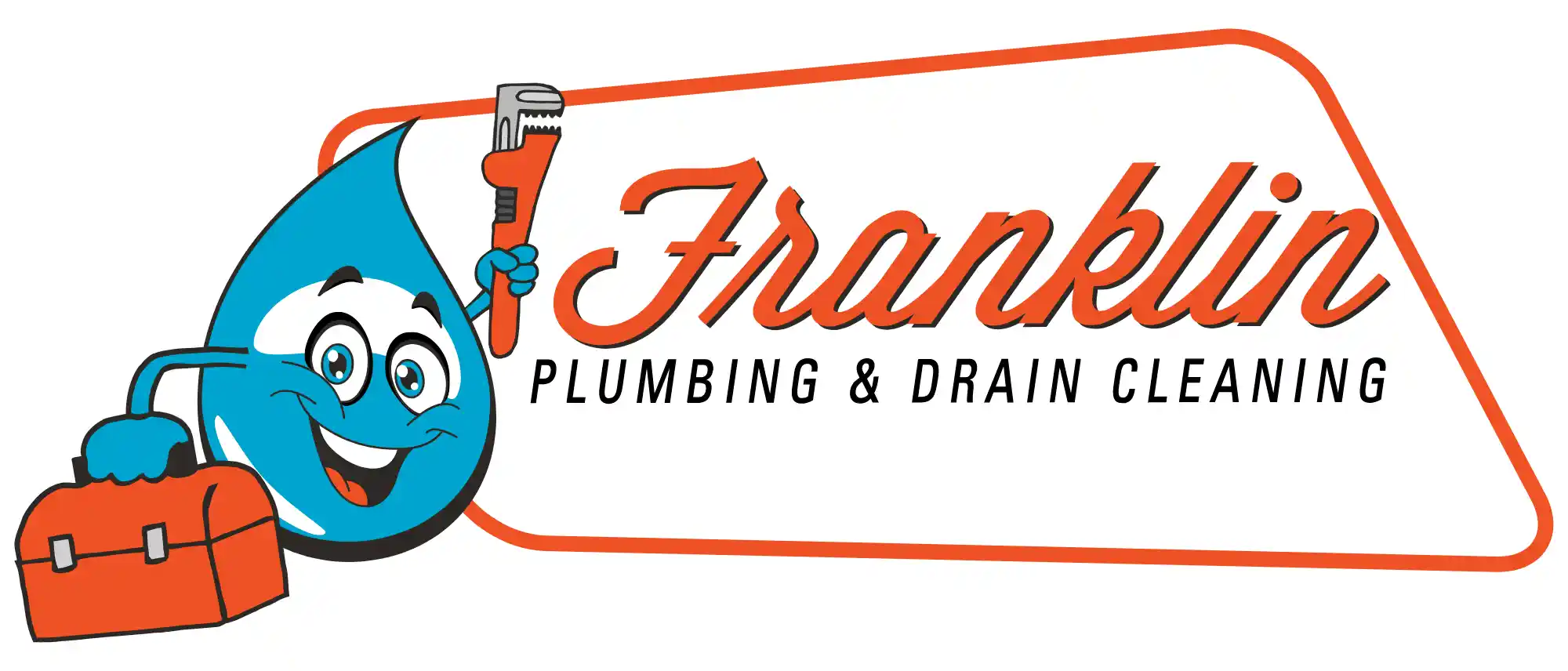Leak Detection
Leak Detection & Repair Columbia, SC

Common Early Warning Signs of Leaks
Water leaks can often go unnoticed for a while, but catching them early can save you a lot of money and damage down the road. Here are some common early warning signs of water leaks you should keep an eye out for:
Increased Water Bills
If your water bill unexpectedly jumps without any corresponding increase in your water usage (like having guests or doing more laundry), this could be a sign of a hidden leak. A small, continuous leak can cause water to go to waste over time, leading to higher costs.
Wet Spots or Puddles
If you notice wet spots on your floors, walls, or ceilings (especially around appliances, sinks, or toilets), it’s a clear sign that there’s a leak somewhere. Sometimes, the water may even seep out of baseboards or under cabinets.
This is especially common in areas like bathrooms and kitchens, where leaks may occur around plumbing connections.
Musty or Moldy Odors
Water leaks can create the perfect environment for mold and mildew growth. If you notice a musty or damp odor in any part of your home (especially in basements, bathrooms, or crawl spaces), there may be a hidden leak somewhere causing moisture accumulation.
If you see mold spots forming on walls, ceilings, or floors (especially in places where moisture is typically higher), it could be due to a persistent leak.
Damaged or Peeling Paint and Wallpaper
Water leaks behind walls or ceilings can cause paint to bubble, peel, or discolor. Wallpaper can also start to peel or wrinkle due to moisture damage from a leak.
If the paint or wallpaper becomes discolored (often yellowish or brown), it can be a sign of water seeping through from a leak.
Unexplained Increase in Humidity
If you notice a sudden and unexplained increase in humidity levels in your home, it could be caused by a leak. Dampness in the air can be an early sign of hidden water leaks, particularly if you can’t account for it with typical activities like cooking or showering.
Cracking or Bubbling Floors
If you have hardwood or laminate flooring, water leaks can cause the material to warp or buckle. Tile floors may crack, and carpeted areas may feel soggy or damp. If you notice unusual warping, it's a sign that water is getting where it shouldn’t.
Low Water Pressure
If you notice that your water pressure is lower than usual, it could be a sign that there's a leak somewhere in your system. When water is leaking out of pipes, less pressure is available for your fixtures, like showers, faucets, or hoses.
Visible Cracks in Walls or Foundation
Sometimes, water leaks, especially from pipes under the house or in walls, can cause the foundation to shift. This can lead to cracks in the walls or floors, which might not seem like a direct sign of a leak at first, but they can be related.
Sound of Running Water
If you hear water running in pipes or behind walls when no faucets or appliances are in use, it could indicate a hidden water leak. This is a common sign of a leaking pipe that’s either leaking slowly or constantly.
Water Meter Test
If you’re unsure whether you have a leak, one way to check is by turning off all water sources in your home (no toilets flushing, faucets running, or appliances using water) and then checking the water meter. If the meter still shows water usage, there’s likely a leak somewhere in your system.
Noise or Dripping Sounds
If you hear a dripping sound coming from your walls or ceiling, especially when the water is off, it could indicate a slow leak in the pipes within those walls.
Soggy Landscaping
If you notice areas of your lawn or landscaping that are unusually soggy or have standing water in areas where it shouldn't accumulate, there could be a leak in an underground pipe or irrigation system.

professional
plumbers

highly
recommended

through
repairs

quality
work

8:00am - 5:00pm
available Monday - Thursday
Long-Term Consequences of a Leak
A “small leak” might seem like a minor issue at first, but if left unchecked, it can lead to serious, expensive damage. Here’s how that seemingly small problem can spiral into a major headache:
Structural Damage
Even a slow leak can weaken and deteriorate drywall, plaster, and paint. Over time, water can seep into the walls or ceilings, causing them to sag, crack, or peel. If the leak is behind a wall, you might not see the damage until it has already caused significant harm.
Water leaking over an extended period can affect the foundation, beams, and joists of a building. In extreme cases, if the water saturates wooden beams or metal supports, it can weaken the overall structure, leading to expensive foundation repairs or even the need for a rebuild.
Mold and Mildew Growth
A small, persistent leak provides a constant source of moisture, creating an ideal breeding ground for mold and mildew. Mold growth can spread quickly, damaging not just the structure but also personal belongings. In some cases, it can cause health issues like respiratory problems, allergic reactions, or asthma, which could lead to medical costs in addition to repair expenses.
Mold remediation is expensive. The process of cleaning and removing mold, treating affected areas, and restoring materials can run into the thousands of dollars, especially if the mold has spread throughout your home. Some materials (like carpeting, drywall, or insulation) may need to be entirely replaced.
Increased Water Bills
Even a small leak can lead to a significant increase in your water bills. For instance, a slow-dripping faucet can waste gallons of water over time, and a leaking pipe can do the same. While it may seem like a minor issue at first, these small leaks can add up to a substantial cost on your monthly water bills. Depending on how long the leak has gone undetected, the costs could be considerable.
Damage to Floors and Carpeting
If a small leak is near a wood floor, even a modest amount of moisture can cause the wood to warp, swell, or rot. This can lead to **costly repairs or replacements** of the flooring. Hardwood floors may need to be refinished or replaced entirely if they’ve been waterlogged for too long.
Carpets soaked with water from a slow leak can develop **bad odors, mildew, and mold** that might require complete removal and replacement. Water-damaged rugs often cannot be salvaged, especially if the water has been pooling for days or weeks.
Corrosion and Pipe Damage
When water continually leaks from pipes, it can cause the surrounding metal to rust and corrode over time. This can weaken pipes and eventually lead to pipe bursts, which may cause much larger leaks, flooding, or even sewage backups. Repairing a burst pipe is far more expensive and complex than fixing a small leak.
As a leak continues to persist, it can lead to water pressure issues throughout the home. This can affect faucets, showers, and toilets, making them inefficient or unreliable. Fixing the leak and restoring water pressure might require replacing entire sections of pipe.
Damaged Insulation
If a leak is in an exterior wall or roof, the water may also damage your home’s insulation. Insulation that becomes wet loses its effectiveness, which means your home may become less energy efficient, leading to **higher heating and cooling costs**.
Insulation can rot over time if exposed to moisture. Replacing this insulation is a labor-intensive and costly process, especially in areas like attics or crawlspaces, where access is difficult.
Electrical Hazards
Water and electricity don’t mix, and a small leak can easily seep into walls or ceilings where electrical wiring runs. This creates a risk of short circuits, which can lead to fire hazards, damage to electrical components, or the need to replace outlets, switches, or wiring. Repairing or replacing the wiring in a home can be extremely costly.
In some cases, water can also damage electrical panels, potentially sparking fires or causing appliances to malfunction, which can result in both property damage and danger to your family.
Sewer Backup (for Sewer Leaks)
If the leak is in your sewer system, untreated wastewater can seep into your home, causing unsanitary conditions and health risks. This can lead to extensive clean-up efforts and the replacement of flooring, walls, and fixtures that have been exposed to raw sewage.
Leaking sewage can cause unpleasant odors, bacterial growth, and health risks due to the presence of harmful pathogens. Dealing with a sewer backup often requires professional cleaning and sanitization.
Pest Infestations
Moisture from leaks can attract pests such as termites, ants, or rodents. For example, termites are attracted to wet wood, and a leaking pipe can create the perfect environment for them to thrive. If left unchecked, this could lead to **significant pest control costs** and damage to your home’s structure.
Foul Odors
As water continues to damage building materials, it can cause them to rot, leading to unpleasant odors. These smells might spread through the house and become difficult to eliminate, especially if mold or mildew has set in.
The Ripple Effect of a Small Leak
Even a small leak can cause significant secondary damage. For instance, water that leaks onto floors can damage furniture, electronics, books, and personal belongings. The longer the leak goes unnoticed, the more things can be affected.
It’s not just about the leak itself. Once water causes structural damage, mold, and other problems, the cost of restoration and repairs multiplies. You’re looking at potential costs for demolition, mold removal, insulation replacement, flooring restoration, plumbing repairs, and much more.
Bottom Line
A small leak left unchecked can lead to major, cascading problems. What starts as a small drip can escalate into an expensive, complex issue that involves structural repairs, mold remediation, increased water bills, and even health hazards. The cost of fixing a minor leak early is much lower than the cost of repairing the damage that could result from leaving it unchecked. It's always worth addressing even the smallest leaks as soon as you notice them.
